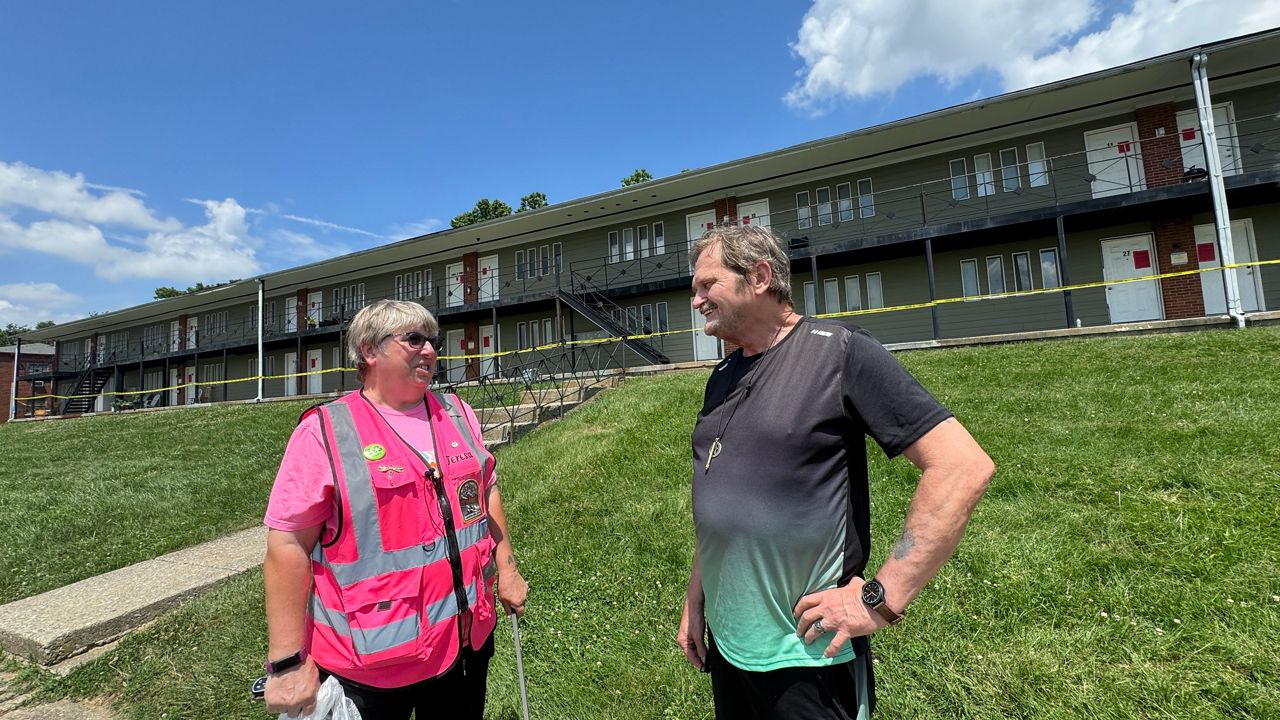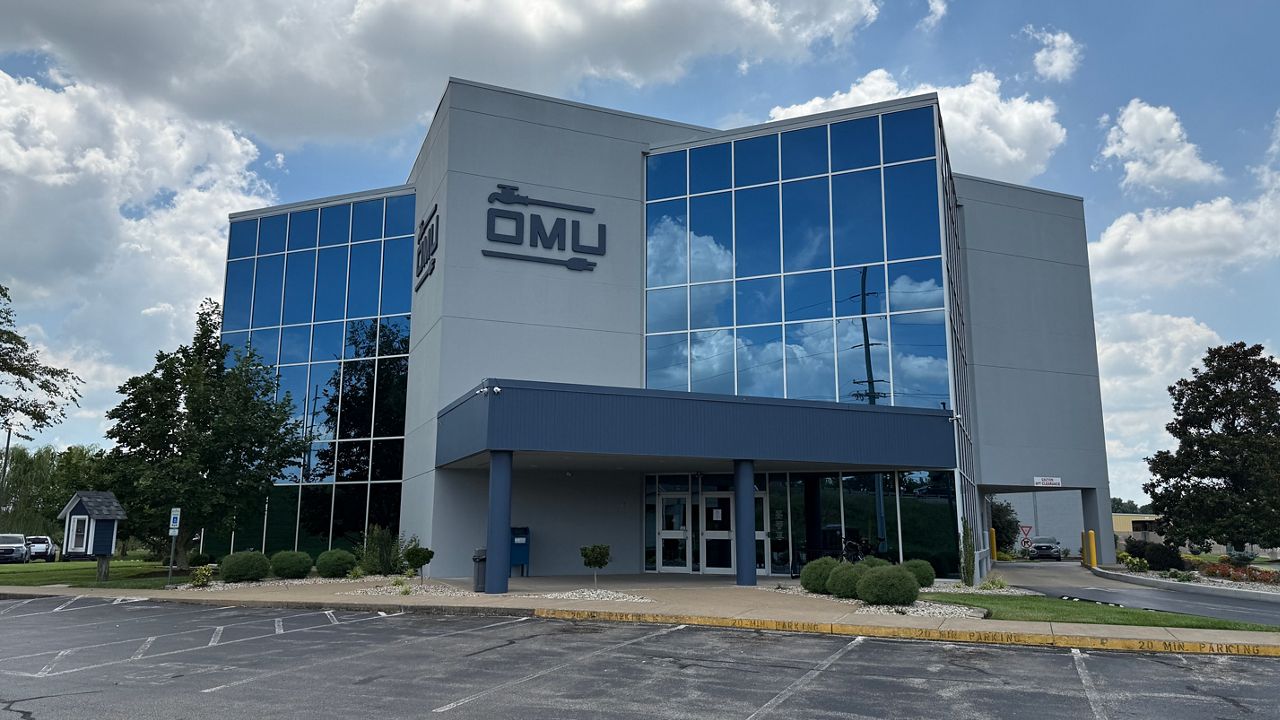Calhoun, Ky. — Months after April’s devastating floods inundated McLean County, the financial burden of recovery continues to mount, with cleanup costs reaching $160,000 and rising by $4,000 daily, according to Judge Executive Curtis Dame.
While the Federal Emergency Management Agency has approved individual assistance for residents, the county is still awaiting a public assistance designation to help offset the escalating expenses.
The April flooding was a rare and severe disaster for the region, which last saw an event of this magnitude roughly 75 years ago. Approximately 50% of McLean County lies within a designated floodplain, making it particularly vulnerable to high water.
Dame said the county received public assistance for a smaller flood in February, but the absence of similar aid for April’s disaster strains the county’s budget.
“That’s not good news for our county budget,” Dame said. “But we have been resilient and forward-thinking to save enough rainy day funds to be able to weather an event of this type.”
Dame estimates the total cost of the flood response could reach $500,000, funds he said could have been used for critical projects like storm shelters, recreational facilities or road improvements. The county has tapped into reserves originally saved from coal mining revenue to cover debris removal and other expenses while meticulously documenting costs, hoping to secure federal relief.
The county is leveraging programs through FEMA, the U.S. Department of Agriculture and local funds to help with debris removal, particularly for residents demolishing flood-damaged structures.
“If they tear down that structure, we’re making every effort available to haul off the debris and at least save them some personal funds, but also clean up these dilapidated structures that have been impacted by the flood waters,” Dame said.
For individual homeowners, navigating FEMA assistance has proven challenging. Properties with prior flood claims often require flood insurance, a requirement that catches some unaware.
“Say an individual owned a piece of property in 1960, and you had a flood that year. Say someone came in and bought that property later and that flood claim wasn’t conveyed. That’s had negative consequences to those that live on that property now,” Dame said.
Without insurance, many residents face limited aid options.
Dame, who lives in a floodway himself, emphasized the county’s efforts to help residents rebuild smarter by connecting them with surveyors to elevate homes above base flood levels.
Addressing the question of why residents stay in flood-prone areas, he said, “Some don’t have an option.”
He said the recovery process has highlighted areas for improvement, including better coordination between federal, state and local agencies.
Complicating matters, Dame expressed concern about federal property buyout programs, which could reduce the county’s tax base amid an existing housing crisis. With McLean County already owning over 18 acres of restricted floodplain property in Rumsey alone, he is hesitant to pursue buyouts that could exacerbate the loss of taxable land.
Despite the challenges, Dame pointed to a silver lining: the county has improved its handling of recyclables during cleanup.
As McLean County presses forward, it continues to document expenses and advocate for federal support to ease the financial strain and help residents return home.







